Best Methods for Drilling into Plexiglass Without Cracking it

Plexiglass, also known as acrylic glass or acrylic, is a popular material for various applications due to its transparency, strength, and versatility. Whether you’re working on a DIY project or a professional installation, knowing how to drill into plexiglass without cracking it is essential.
One of the best methods for drilling into plexiglass is using a high-speed drill bit specifically designed for plastic materials. These drill bits are made with sharp and pointed tips that allow for precise and clean drilling without causing cracks. Additionally, using a low drill speed and applying gentle pressure while drilling can help prevent any mishaps.
Another effective method is to use a drill press instead of a handheld drill. A drill press provides more control and stability, reducing the chance of cracking the plexiglass. Make sure to use a slower drill speed and keep the plexiglass firmly secured in place with clamps or a vise to minimize vibrations.
It’s also important to use the proper drilling technique when working with plexiglass. Start by placing a piece of scrap wood beneath the plexiglass to prevent any damage to the surface underneath. Then, mark the drilling location using a permanent marker or tape and apply masking tape over the marked area to help prevent any chipping or cracking during drilling.
By following these best methods for drilling into plexiglass, you can ensure a successful and crack-free drilling experience. Remember to take your time, use the right tools and techniques, and always wear appropriate safety gear to protect yourself from any potential accidents.
What is Plexiglass?
Plexiglass is a type of transparent thermoplastic known as polymethyl methacrylate (PMMA). It is also commonly referred to as acrylic glass. Plexiglass is a versatile material that is often used as a substitute for glass due to its lightweight, impact-resistant, and shatterproof properties.
Plexiglass is manufactured through a process called polymerization, which involves combining a liquid monomer with a catalyst to form a solid plastic. The resulting material has similar optical properties to glass, with excellent clarity and transparency.
One of the key advantages of plexiglass is its resistance to cracking and breaking, making it suitable for a variety of applications. It is commonly used in the construction industry for windows, skylights, and protective barriers. Plexiglass is also used in the automotive industry for windshields and windows, as well as in furniture, signage, and display cases.
When drilling into plexiglass, it is important to use the proper techniques to prevent cracking or damaging the material. The use of sharp drill bits, slower drilling speeds, and a lubricant can help reduce the risk of cracks. Additionally, using clamps or tape to secure the plexiglass can provide added stability during the drilling process.
Importance of Drilling Plexiglass Properly
Drilling into plexiglass can be a tricky task that requires careful attention and precision. Plexiglass, also known as acrylic, is a lightweight and durable material commonly used in various applications, including signage, displays, windows, and protective barriers.
Unlike drilling into other materials such as wood or metal, plexiglass is prone to cracking or chipping if not drilled properly. This can lead to not only a ruined piece of plexiglass but also potential safety hazards.
Preventing Cracks and Damage
It is essential to drill plexiglass properly to prevent cracks and damage. The following guidelines can help ensure a successful drilling process:
- Choose the right drill bit: Using the correct drill bit is crucial to avoid cracking plexiglass. A drill bit with a sharp point and a high-speed setting is recommended.
- Secure the plexiglass: Place the plexiglass on a stable work surface and clamp it securely. This will prevent movement during drilling and reduce the risk of cracking.
- Start with a pilot hole: To minimize the chances of cracking, start by creating a small pilot hole with a smaller drill bit before using the desired size.
- Use a slow drilling speed: Plexiglass is more prone to cracking when drilled at high speeds. Set your drill to a low or medium speed to reduce the risk of damage.
- Apply steady pressure: Apply a steady and consistent pressure while drilling. Too much pressure can cause the plexiglass to crack, while too little pressure may result in an uneven hole.
- Maintain proper cooling: Plexiglass can melt when exposed to excessive heat generated during drilling. Use a cooling lubricant or water to keep the drill bit and plexiglass cool throughout the process.
Importance of Safety Measures
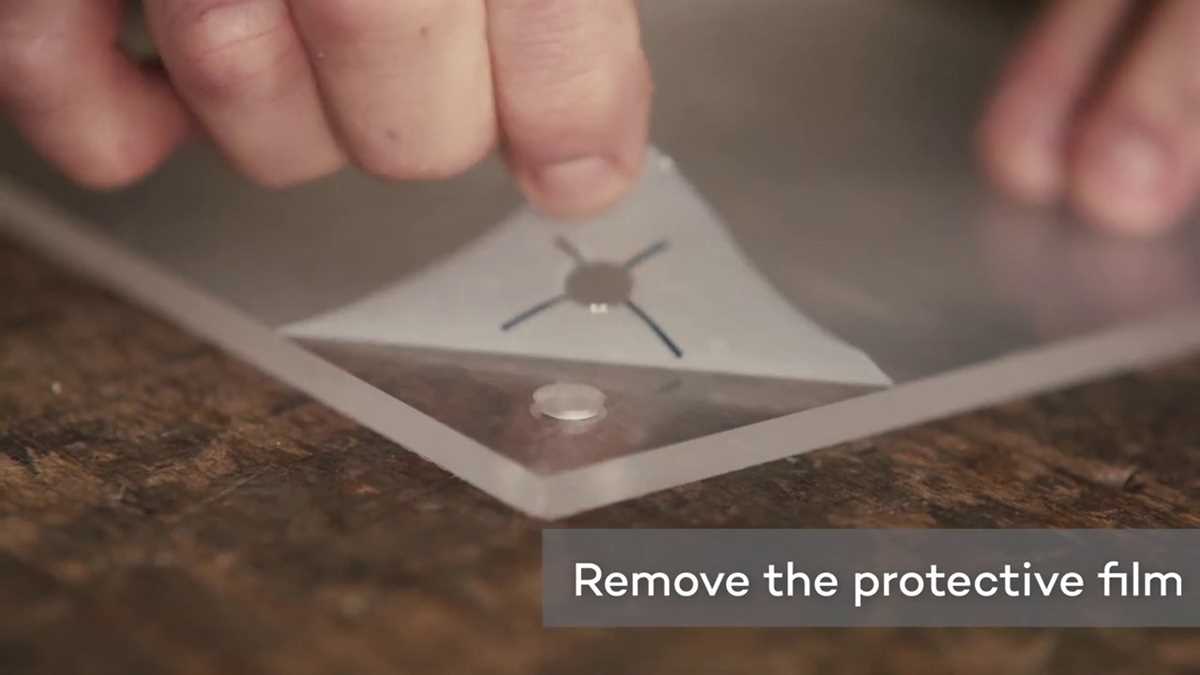
Drilling plexiglass without following the proper techniques can lead to serious injuries. When drilling, it is essential to ensure the following safety measures:
- Wear protective gear: Always wear safety goggles, gloves, and a face mask to protect yourself from potential flying debris or shards.
- Work in a well-ventilated area: Drilling plexiglass can produce dust and fumes. Working in a well-ventilated area or using a ventilation system can help reduce health risks.
- Keep the workspace clean: Clear the work area of any clutter or obstructions that can interfere with the drilling process.
- Have a fire extinguisher nearby: Plexiglass is flammable, and drilling can generate heat. It is crucial to have a fire extinguisher nearby in case of accidental ignition.
Conclusion
Drilling plexiglass properly is crucial to prevent damage, cracks, and potential safety hazards. By following the recommended guidelines and safety measures, you can ensure a successful drilling process and maintain the integrity of the plexiglass material.
Risks of Cracking Plexiglass
1. Brittle Material
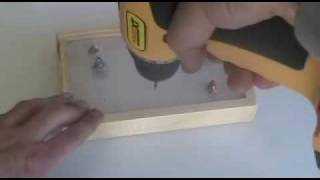
Plexiglass, also known as acrylic, is a brittle material that can easily crack if not handled properly. Unlike glass, it is more prone to cracking from stress or pressure. This means that drilling into plexiglass without the right technique can result in unwanted cracks or fractures.
2. Incorrect Drilling Technique
Using the wrong drilling technique can increase the risk of cracking plexiglass. Applying too much pressure, using high-speed drill bits, or not using the proper lubrication can lead to cracks. It is important to follow the correct drilling guidelines to minimize the risk.
3. Heat Buildup
Excessive heat can also cause plexiglass to crack. When drilling through plexiglass, friction generates heat. If too much heat builds up, it can weaken the material and cause cracks. It is important to drill at a slow speed, use a lubricant, and take breaks to prevent heat buildup.
4. Incorrect Placement
The location of the drill hole can also impact the likelihood of cracking plexiglass. If the hole is too close to the edge or too small, the stress concentration can result in cracks. Proper placement of the drill hole is essential to minimize the risk of cracking.
5. Lack of Experience or Skill
Drilling into plexiglass requires a certain level of expertise and skill. Lack of experience or improper technique can increase the risk of cracking. It is important to practice on scrap pieces of plexiglass before attempting to drill into a final project to minimize the chances of cracking.
6. Poor Quality Plexiglass
Low-quality or damaged plexiglass may be more prone to cracking. Imperfections or defects in the material can weaken its structure and increase the risk of cracks. It is important to use high-quality plexiglass to reduce the chances of cracking.
Conclusion
Cracking plexiglass is a common concern when drilling into the material. Understanding the risks and implementing the appropriate drilling techniques can help minimize the chances of cracking. Take precautions, practice on scrap pieces, and invest in high-quality plexiglass for optimal results.
Choosing the Right Tools
When it comes to drilling into plexiglass, using the right tools is crucial to avoid cracking or damaging the material. Here are some important considerations when choosing the tools for drilling into plexiglass:
1. Drill Bit
One of the most important tools for drilling into plexiglass is the drill bit. It is recommended to use a drill bit specifically designed for drilling into acrylic or plexiglass. These drill bits typically have a sharp point and fluted edges that help reduce the chance of cracking. Avoid using regular drill bits or wood/metal drill bits, as they can cause the plexiglass to crack or shatter.
2. Drill Speed
The speed at which you drill into plexiglass also plays a vital role in avoiding cracks. It is recommended to set your drill to a slow speed or use a variable speed drill. High-speed drilling can generate excessive heat, which can lead to cracking. Slow and controlled drilling helps to keep the temperature down and minimize the risk of cracks.
3. Clamps or Support
Plexiglass should always be properly supported during the drilling process to prevent cracking or vibrations. It is advisable to use clamps or secure the material to a stable surface before drilling. This ensures that the plexiglass remains stable while you apply pressure with the drill.
4. Lubrication
Using a suitable lubricant can help reduce friction and heat, reducing the chance of cracking. Applying a small amount of water or cutting oil on the drill bit can help lubricate the drilling area. Be sure to regularly lubricate the drill bit during the drilling process to keep it cool and prevent excessive heat buildup.
5. Protective Gear and Safety Measures
Always wear safety goggles and gloves when drilling into plexiglass to protect yourself from flying debris and potential cracks. Additionally, using a clamp or vise can help keep the plexiglass in place and prevent accidents while drilling. Take your time and apply steady pressure to avoid unnecessary stress on the material.
By choosing the right tools and following these guidelines, you can minimize the risk of cracking or damaging plexiglass while drilling. Remember to take your time, work patiently, and prioritize safety throughout the process.
Drill Bit Options
When it comes to drilling into plexiglass without cracking it, using the right drill bit is crucial. Here are some drill bit options that are commonly used for drilling into plexiglass:
1. Carbide-Tipped Drill Bits
Carbide-tipped drill bits are known for their durability and ability to cut through hard materials like plexiglass. The carbide tip is extremely sharp and can create clean, precise holes in the material without causing cracks or chips.
2. Brad Point Drill Bits
Brad point drill bits have a pointed tip that helps to guide the bit into the material accurately. They also have fluted edges that allow for effective chip removal, preventing heat build-up that could cause cracking. Brad point drill bits are a versatile option for drilling into plexiglass.
3. Step Drill Bits
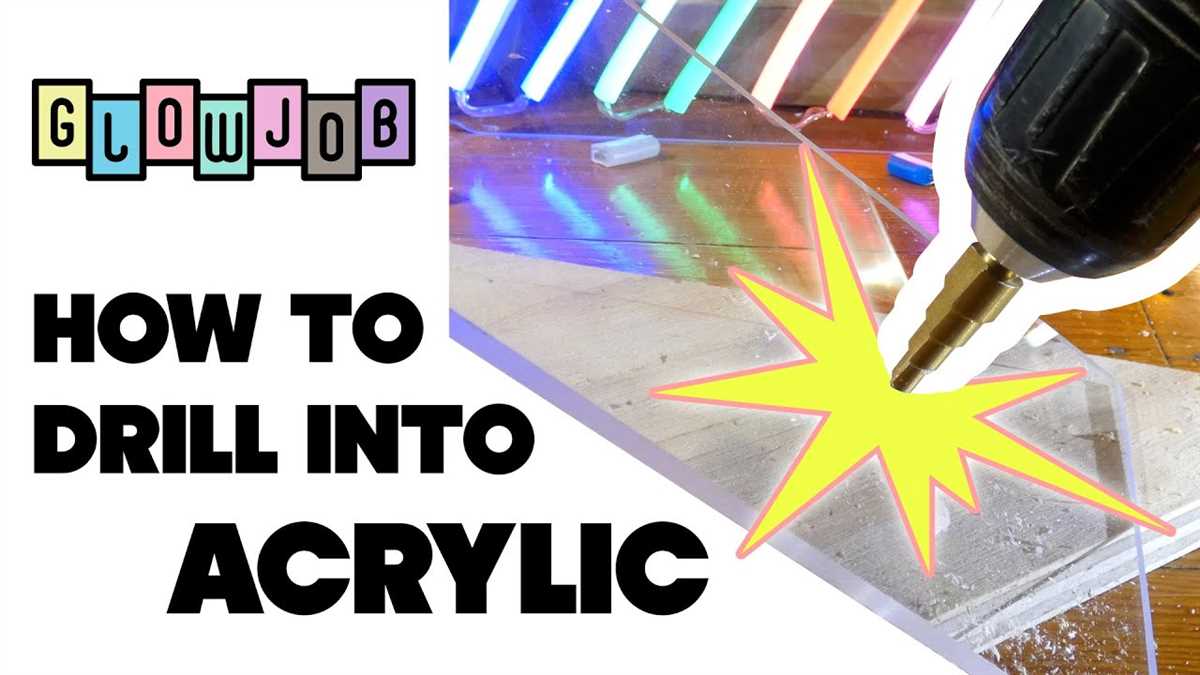
Step drill bits are designed to create multiple hole sizes with just one bit. They are ideal for drilling small holes in plexiglass without causing cracks or chips. Step drill bits work by gradually enlarging the hole, which reduces the chance of the material cracking under pressure.
4. Diamond-Coated Drill Bits
Diamond-coated drill bits are specifically designed for drilling into hard materials like plexiglass. The diamond coating provides extra hardness and allows for precise drilling without causing cracks. These drill bits are more expensive than other options but are worth it for the clean results they deliver.
5. Lubricated Drill Bits
Using a lubricant while drilling into plexiglass can help reduce friction and prevent cracking. Lubricated drill bits are coated with a lubricating substance that keeps the bit cool and reduces the chances of heat-related damage. It’s important to choose a lubricant that is compatible with plexiglass to avoid any potential harm to the material.
6. High-Speed Steel (HSS) Drill Bits
High-speed steel drill bits are a versatile option for drilling into various materials, including plexiglass. They are made from hardened steel and can withstand high heat without losing their sharpness. HSS drill bits can provide clean holes in plexiglass if used with care and the correct drilling technique.
7. Slow Drilling Speed
Regardless of the type of drill bit you choose, it’s essential to use a slow drilling speed when working with plexiglass. High speeds can generate excessive heat, which may lead to cracks. By using a lower drilling speed, you can minimize the risk of damaging the material.
Remember to always wear appropriate safety gear, such as safety glasses and gloves, when drilling into plexiglass. It’s also a good idea to practice on a scrap piece of plexiglass before attempting the actual drilling to ensure you have chosen the right drill bit and have mastered the correct drilling technique.
Other Necessary Tools
In addition to the drilling tools mentioned above, there are a few other tools that can be helpful when working with plexiglass:
Clamps
Clamps are useful for holding the plexiglass securely in place while drilling. They help to prevent the material from moving or vibrating, reducing the chances of cracking or chipping.
Masking Tape
Applying masking tape on both sides of the plexiglass before drilling can provide an extra layer of protection. This can help to minimize the risk of cracking or scratching the surface.
Center Punch
Using a center punch to create a small indentation at the drilling point can help to guide the drill bit and prevent it from wandering, reducing the risk of cracking.
File or Sandpaper
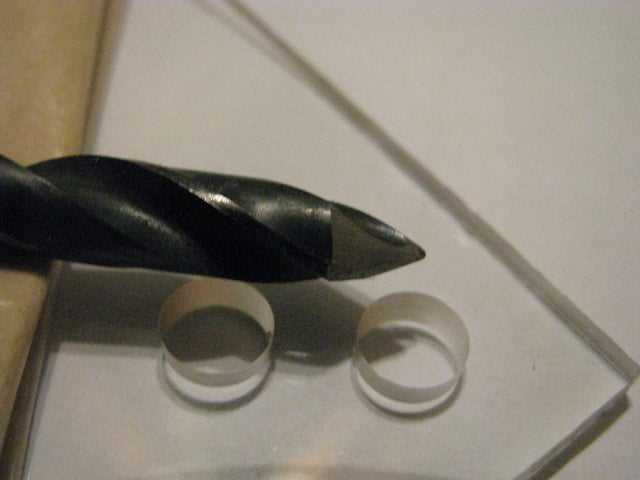
After drilling, it may be necessary to file or sand down the edges of the hole to smooth out any rough edges or burrs. This can help to prevent any accidental injuries and improve the overall finish of the drilled hole.
Safety Equipment
When working with plexiglass, it is important to protect yourself. Safety goggles or glasses should be worn to prevent any loose fragments or particles from getting into your eyes. Additionally, gloves can be used to protect your hands from sharp edges or potential injuries.
Measuring Tools
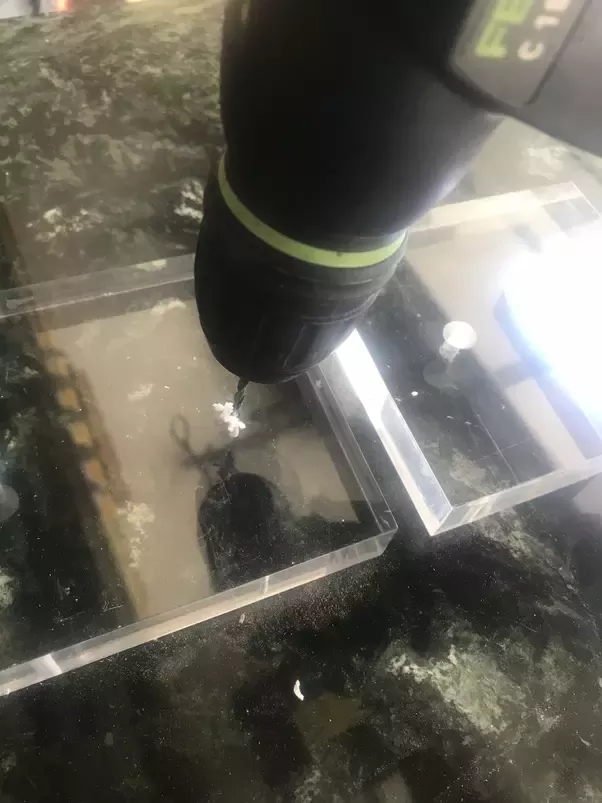
Accurate measurements are crucial when drilling into plexiglass. A ruler, measuring tape, or calipers can be used to ensure precise hole placement and alignment.
By using these additional tools, you can enhance your drilling experience and minimize the risk of cracking or damaging the plexiglass.
Preparation Steps
Before drilling into plexiglass, it’s important to take several preparation steps to ensure the best results and avoid cracking the material. Follow these steps before drilling:
- Choose the right drill bit: Select a drill bit specifically designed for drilling into plexiglass. A spiral flute or brad point drill bit will work best as they have a sharp point and angle that reduces the risk of cracking.
- Mark the drilling spot: Use a marker or a piece of tape to mark the exact spot where you want to drill. This will help guide your drill and prevent it from wandering off-course.
- Secure the plexiglass: Place the plexiglass on a stable surface or clamp it securely in place. This will prevent the material from vibrating or moving during the drilling process.
- Protect the plexiglass surface: To prevent scratching or damaging the surface of the plexiglass, place a piece of scrap wood or acrylic sheet underneath it before drilling. This will also help minimize the risk of cracking.
- Wear protective gear: Always wear safety goggles and gloves when drilling into plexiglass to protect your eyes and hands from any potential debris or accidents.
- Start with a pilot hole: It’s recommended to start with a small pilot hole before drilling the actual desired hole size. This will help guide the drill and reduce the risk of cracking.
- Use lubrication: Apply a small amount of lubrication, such as water or cutting oil, to the drilling area. This will help keep the drill bit cool and prevent the plexiglass from overheating or melting.
- Drill at a slow speed: Set your drill to a slow speed to reduce the risk of the plexiglass cracking. Too much pressure or speed can generate heat and cause the material to crack.
- Keep the drill straight: Maintain a steady and perpendicular angle while drilling into the plexiglass. Tilting or angling the drill can increase the risk of cracking.
Marking the Drilling Area
Before you begin drilling into plexiglass, it’s important to mark the drilling area to ensure accuracy and precision. This will help you avoid any errors while drilling and minimize the risk of cracking the plexiglass.
Here are some steps to follow when marking the drilling area in plexiglass:
- Clean the surface: Begin by cleaning the surface of the plexiglass. Use a mild soap or a specialized plexiglass cleaner to remove any dirt, fingerprints, or debris. Make sure the surface is completely dry before proceeding.
- Measure the drilling location: Use a tape measure or ruler to measure and mark the exact drilling location. Take accurate measurements and use a pencil or a water-soluble marker to make the marks on the plexiglass. Make sure the marks are clearly visible and easy to follow.
- Use a center punch: For more precise drilling, use a center punch to create a small indentation at the center of the marked drilling area. This indentation will act as a guide for the drill bit, preventing it from slipping or wandering off course.
- Apply masking tape: Place a piece of masking tape over the area to be drilled. The tape will help reduce the chance of the plexiglass cracking or splintering during drilling. Make sure the tape is securely attached and covers the entire drilling area.
- Double-check the markings: Before proceeding with drilling, double-check the markings and ensure that they are accurate. Verify the measurements and make any necessary adjustments before starting.
By following these steps to mark the drilling area, you can increase your chances of successfully drilling into plexiglass without cracking it. Taking the time to prepare and mark the area will help ensure a smooth and successful drilling process.
Clamping the Plexiglass
When drilling into plexiglass, it is important to securely clamp the material to prevent it from cracking or shattering. Clamping the plexiglass provides stability and reduces the risk of the material moving or flexing during the drilling process.
Here are some tips for clamping plexiglass:
- Choose the right clamps: Select clamps that are suitable for the thickness and size of the plexiglass sheet. Spring clamps, C-clamps, or bar clamps can be used for securing the plexiglass.
- Position the clamps: Place the clamps strategically around the edges of the plexiglass sheet to evenly distribute the pressure. Make sure the clamps are aligned parallel to the drilling area and provide enough clearance for the drill bit.
- Protect the plexiglass surface: Before clamping, place soft materials such as foam, rubber, or wood blocks between the clamps and the plexiglass surface. This will help prevent any damage or scratches to the material.
- Tighten the clamps gradually: Start by tightening the clamps lightly and gradually increase the pressure. Avoid over-tightening the clamps, as it may cause the plexiglass to crack. Make regular adjustments to ensure even pressure distribution.
- Check for stability: Once clamped, gently test the stability of the plexiglass sheet by applying light pressure. If it feels secure and does not move or flex, it is ready for drilling.
Remember, proper clamping is essential for drilling into plexiglass successfully. Take your time and ensure that the clamps are properly positioned and tightened before proceeding with the drilling process.
Drilling Techniques
When drilling into plexiglass, it is important to use the right techniques to avoid cracking or damaging the material. Here are some recommended drilling techniques:
1. Marking and Preparation
Before you begin drilling, it is crucial to mark the spot where you want to drill. Use a pencil or a marker to make a small dot on the plexiglass surface. Double-check the location to ensure accuracy. You can also use masking tape to mark the spot and provide extra protection against cracking.
2. Drilling Speed
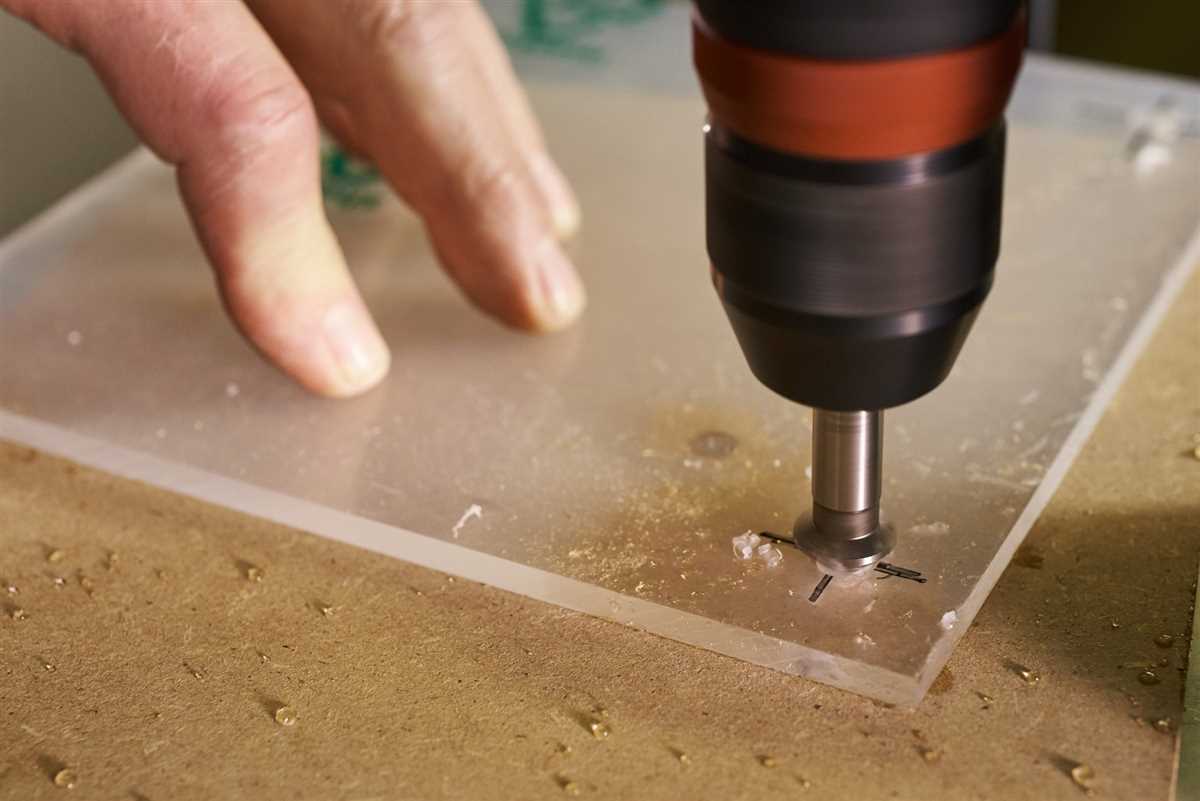
When drilling into plexiglass, it is important to use a low drilling speed to prevent overheating and reduce the risk of cracking. High speeds can generate too much heat, causing the plexiglass to melt or crack. Set your drill to a slow speed or use a drill with adjustable speed settings.
3. Lubrication
Using a lubricant can help reduce friction and heat during the drilling process. Apply a small amount of lubricant, such as water, oil, or WD-40, to the drill bit or the plexiglass surface. This will help keep the drill bit cool and prevent the plexiglass from cracking.
4. Drill Bit Selection
Choosing the right drill bit is essential for drilling into plexiglass without cracking it. Avoid using standard twist drill bits, as they can grab and crack the material. Instead, opt for a drill bit specifically designed for drilling plexiglass, such as a brad point or a carbide-tipped drill bit. These types of drill bits have a sharper point and can cut through the plexiglass more smoothly.
5. Clamping or Backing
To provide additional support and prevent cracking, it is recommended to clamp or back up the plexiglass surface while drilling. You can use a piece of scrap wood or a backing board underneath the plexiglass to provide stability and absorb any pressure or vibrations from the drilling process.
6. Slow and Gentle Pressure
When drilling into plexiglass, it is important to apply slow and gentle pressure. Let the drill bit do the work and avoid forcing it through the material. Applying too much pressure can cause the plexiglass to crack or shatter. Maintain a steady and controlled drilling motion.
7. Cooling Breaks
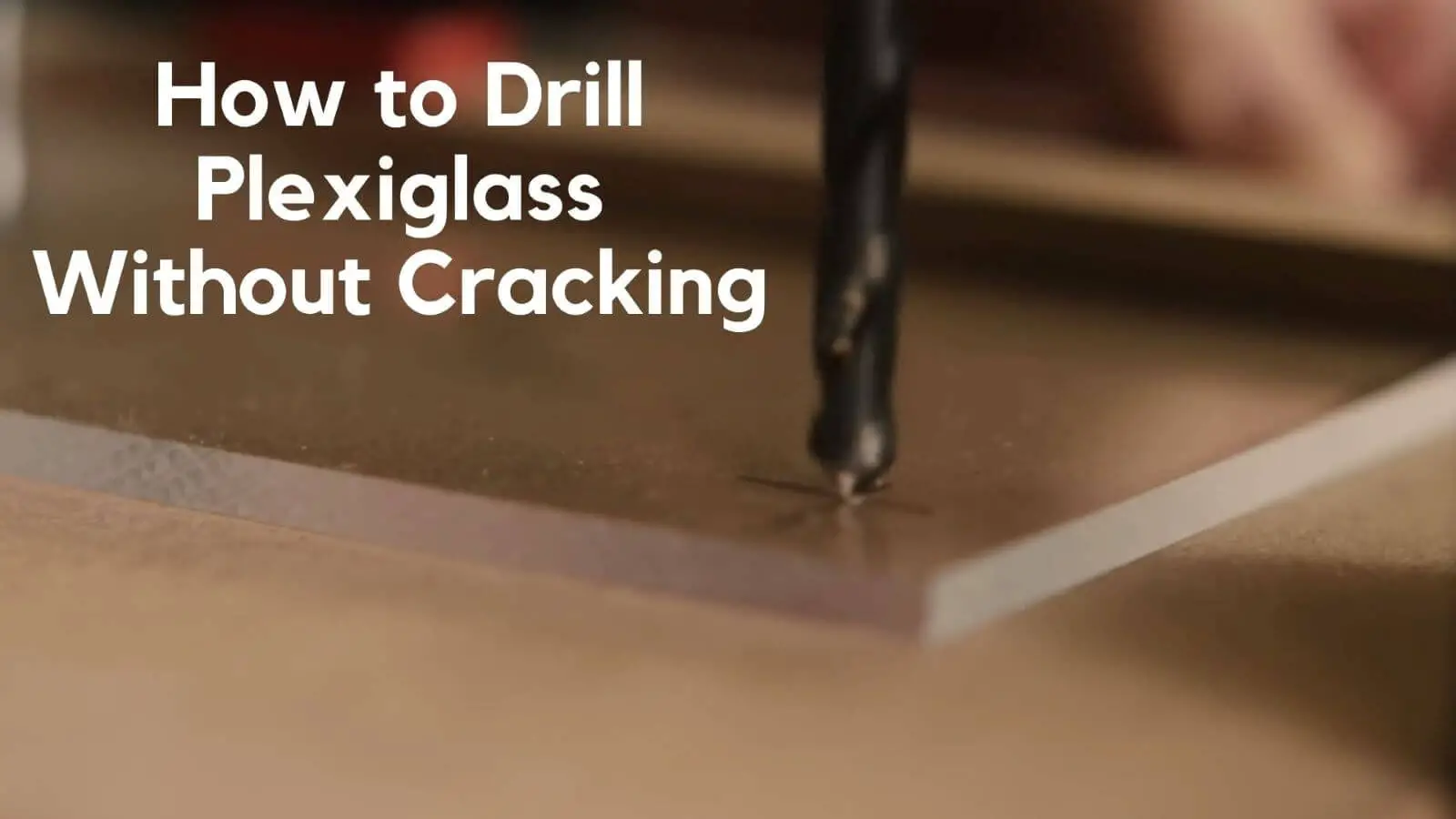
If you notice the plexiglass or drill bit becoming too hot during drilling, it is important to take cooling breaks. Stop the drilling process and allow the plexiglass and drill bit to cool down before resuming. This will help prevent overheating and cracking of the material.
By following these drilling techniques, you can successfully drill into plexiglass without cracking or damaging the material. Remember to always wear protective eyewear and gloves when working with power tools.
FAQ:
What are the best methods for drilling into plexiglass without cracking it?
There are a few methods you can use to drill into plexiglass without cracking it. One important tip is to use a sharp drill bit specifically designed for use on plastic. You should also use a slow speed and apply gentle, even pressure while drilling. It can also help to lubricate the drill bit by using water or a lubricating oil. Additionally, you can try drilling a small pilot hole before drilling the full-sized hole to reduce the risk of cracking.
Can I use a regular drill bit to drill into plexiglass?
While it is possible, it is not recommended to use a regular drill bit on plexiglass. Regular drill bits are often too sharp and aggressive, which increases the risk of cracking the plexiglass. It is best to use a drill bit specifically designed for plastic materials, as these bits have a more shallow and gradual cutting edge to reduce the chance of cracking.
What are the consequences of drilling too fast into plexiglass?
Drilling too fast into plexiglass can result in several consequences. First and foremost, it significantly increases the risk of cracking the plexiglass. The heat generated from high-speed drilling can cause the material to melt or warp, leading to cracks or uneven holes. Additionally, drilling too fast can also cause the drill bit to grab the material and potentially cause injury. It is important to always use a slow speed when drilling into plexiglass to minimize these risks.
Can I use a power drill to drill into plexiglass?
Yes, you can use a power drill to drill into plexiglass, but it is important to use caution and follow the proper techniques. When using a power drill, make sure to adjust the speed to its lowest setting. Applying gentle, even pressure is key to preventing cracking. It can also be helpful to use a bit with a smaller diameter and gradually increase the size as you drill to reduce the chance of cracking. It is also a good idea to clamp or secure the plexiglass before drilling to ensure stability.
Is it necessary to use lubrication while drilling into plexiglass?
Using lubrication can be beneficial when drilling into plexiglass, especially for larger or deeper holes. Lubricating the drill bit can help reduce friction and heat, minimizing the risk of cracking or melting the plexiglass. Water or a lubricating oil, such as WD-40, can be used as a lubricant. Apply a small amount of lubrication to the drill bit before drilling and continue to apply as needed throughout the drilling process.
What can I do if the plexiglass starts to crack while drilling?
If you notice the plexiglass starting to crack while drilling, stop immediately to prevent further damage. You can try applying tape or masking the area around the hole to provide extra support and prevent the crack from spreading. If the crack is small, you may be able to salvage the piece by drilling a larger hole or using adhesive to secure the cracked area. However, if the crack is significant, it may be best to start with a new piece of plexiglass.
Are there any alternative methods to drilling into plexiglass?
Yes, there are alternative methods to drilling into plexiglass if you are concerned about cracking or damaging the material. One option is to use a hot knife or a soldering iron to melt or cut through the plexiglass. This method can be slower and may require more precision, but it can be effective for creating holes or shapes in plexiglass without the risk of cracking. Another alternative is to use adhesive or mounting brackets to secure items to the surface of the plexiglass instead of drilling.
Video:











